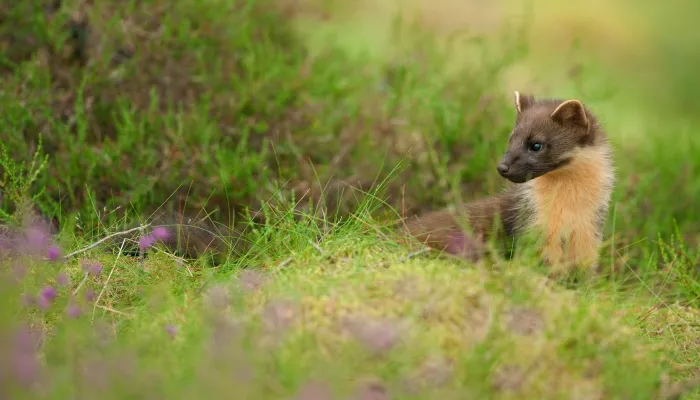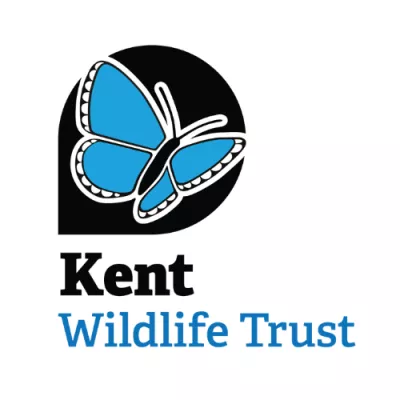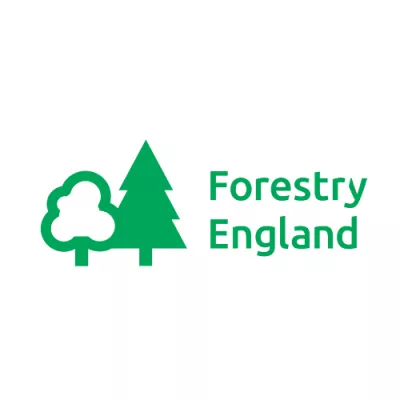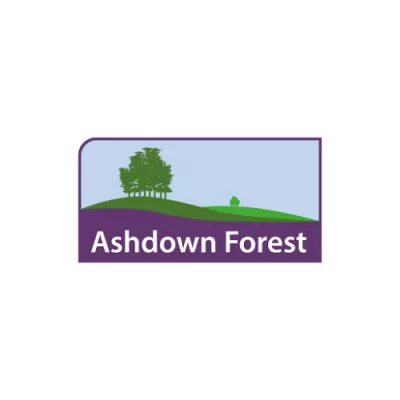Because of extensive hunting and habitat loss throughout the 19th century, the European pine marten (Martes martes) was brought to the brink of extinction. Now, they can be found in small pockets around Scotland and Ireland, as well as some other fragmented parts of the UK where they have been re-introduced. Still, the pine marten – once widespread across the country – is a rare breed.
Martes martes plays an important role in Britain’s natural fauna, contributing to a biodiverse environment by dispersing the seeds they consume. They eat a wide range of food depending on what is plentiful. This includes small mammals (like voles and mice), birds, eggs, insects, carrion, and seasonal fruits, and berries.
Click here for project updates
We’re currently in the early stages of the South East Pine Marten Restoration Project. Firstly, we need to determine whether the habitat here is suitable for the species and learn how local people and stakeholders feel about the potential reintroduction of pine martens – these are known as ecological and social feasibility studies.
A stakeholder working group will enable discussions between a range of key organisations and community groups and will be a key decision-maker for the project. We’ll share information about members of the working group once we have confirmed them.
If you’d like more information about the project, please contact Sue Blanch, South East Pine Marten Restoration Project Lead.
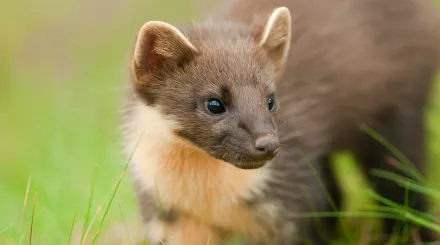
We are currently in the early stages of the project
Frequently Asked Questions -The Animal
Pine martens are a member of the mustelid family, which includes badgers, otters, stoats, weasels and polecats. The pine marten is the size of a small domestic cat, with rich brown fur, a creamy-yellow chest ‘bib’, prominent rounded ears and a long bushy tail.
Yes, they are a native species that was on the verge of extinction due to extensive hunting and habitat loss, but numbers are now slowly recovering.
The pine marten’s diet is diverse, with small mammals like field and bank voles making up a large part of it. They also eat birds, eggs, invertebrates such as beetles and wasps’ nests, and a considerable amount of berries in the autumn. Their diet will vary based on local and seasonal abundance. Importantly, as native apex predators, their presence helps maintain stable and healthy prey populations in an ecosystem. Native forest species like red squirrels – nimble, quick creatures that they are – will have evolved alongside pine martens and likely have an inherent fear of them.
Frequently Asked Questions -The Project
Pine martens are among Britain’s rarest mammals, with an estimated population of about 3,700. Human-induced factors, such as habitat destruction and persecution, have put them at risk of extinction. Their slow reproduction, with only one or two kits every few years, makes their natural recovery a rather lengthy process. Relying on their natural recovery across Britain, resulting from the stronghold population found in Scotland, will therefore take a very long time. Successful reintroductions in Wales and the Forest of Dean underscore the need to enable the creation of additional populations that connect to ensure genetic and geographic variability.
The South East Pine Marten Restoration Project is a great opportunity to aid the recovery of this native species in regions where it once thrived. Research has identified potential viable locations in the South East where reintroduction may be successful, with existing populations in Hampshire opening up the possibility for ecological connections.
The species thrives in mosaic landscapes with large woodland complexes, found in areas like Ebernoe Common, the New Forest, Ashdown Forest, and the High Weald. Their average territory size is roughly 10-25km2 for males and about 5-15km2 for females. This is part of what makes them such a flagship species for habitat restoration and the creation of ‘Nature Recovery Networks’ that will unlock ecological resilience against climate change. It’ll also help maintain and restore important habitat for a range of species by creating a landscape that is, on the whole, more biodiverse and interconnected.
At this early stage of the project, we are looking into whether it is ecologically and socially feasible to reintroduce pine martens into the South East. While previous research shows the South East is in fact ecologically viable, our project will also conduct this research to ensure we have the most up-to-date and accurate information, considering evolving habitats and landscapes. The establishment of the South East Pine Marten Stakeholder Working Group, coordinated by the Project Committee (Kent Wildlife Trust, Wildwood Trust, and Sussex Wildlife Trust), enables cross-stakeholder collaboration. If feasibility research indicates that pine marten reintroduction is both possible and sustainable, a 10-year strategy will be developed for their restoration in coordination with the stakeholder working group and committee.
For more information about the project, please contact Suzanne Kynaston at Wildwood Trust who are jointly managing this project with the Project Committee.

